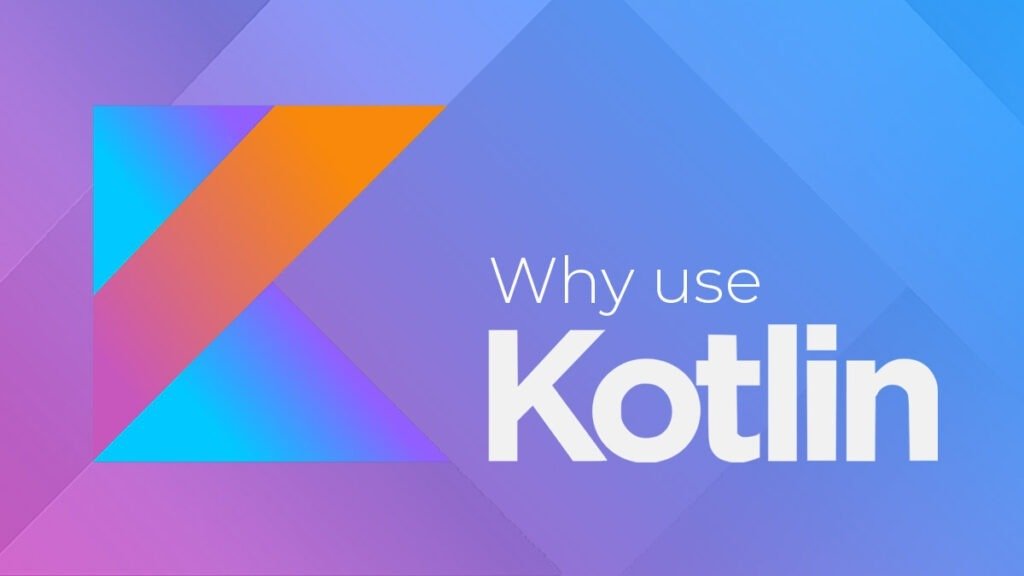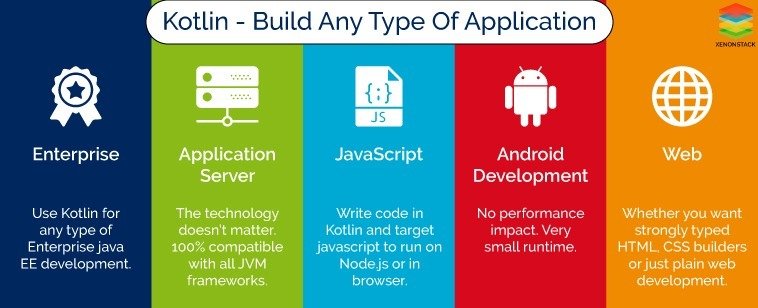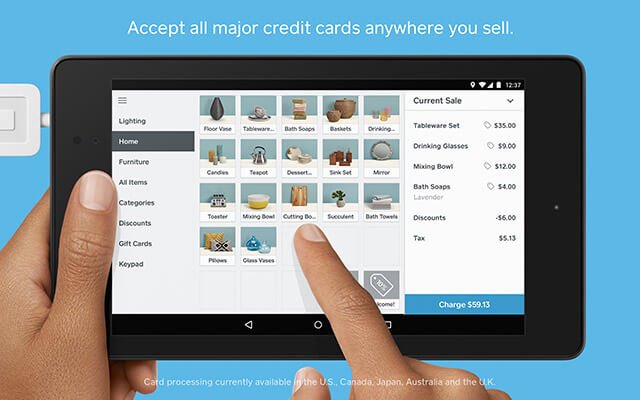Why You Should Use Kotlin To Develop Your Android App

If you’re familiar with mobile app development, you may have heard the name Kotlin. Kotlin is a language created by JetBrains that is used today to develop native Android applications (similar to how Swift is used for iOS). Now Kotlin is not a programming language just on its own, but is another method to enhance Java and create stunning Android applications that run on several devices and interfaces.
Java is a time-tested language with robust features and libraries; you can use Java to write programs like games or utility-type applications or even work with consumer hardware. Nearly all Android applications are created with Java, and even the operating system has built-in functionality that utilizes the Java language.
Kotlin can build on top of Java for more optimized applications.

As more options exist for cross-platform development like React Native or web development technologies, native android development technologies are needed to increase performance so that developers can have more efficiency when writing code. This is where Kotlin comes into play.
Kotlin streamlines the development process while still taking your Java experiences into account. It’s a lot easier to write apps with Kotlin, and you can save time by not having to debug or rewrite code as often.
The introduction of Kotlin does not mean that Java will lose its top position in the development space. If anything, Java is being made more robust and better with Android’s improvements.
Kotlin is almost the same as Java; it is sometimes used when developers talk about the types of languages they use in Android app development. Kotlin needs Java to be present wherever it is being run, no matter if that is your phone or computer. It’s interoperable, and you can even use Kotlin and Java simultaneously in an application. Kotlin also lets platform developers add support tools to make writing code even more comfortable.
Kotlin has a more concise type-inference. Just by looking at the rest of the code and what it’s achieving, you can tell what type of function the code is serving. Unless developers do something unique, they don’t have to spend time declaring the kind of expressions and values in their code. This will reduce the amount of time spent on nitpicking and writing code.
Kotlin’s syntax is not complicated, while Java’s is. This distinction is why it’s more challenging to become an expert Java developer, as there are numerous nuances you need to add to the code to ensure you are complying with the syntax. By combining and looking at the best ideas from existing programming languages, Kotlin’s syntax will become more straightforward to someone who is well versed in development technologies. Debugging the code and looking through it while auditing also takes a shorter amount of time on average.
Kotlin is like writing code in C, which is easy to understand for seasoned developers. You do not need to use a redundant class to define static objects or functions. You have the accessibility to do all of this through one singular place, making it simple to comprehend and quicker to remove bugs from the code.
Fun fact: Kotlin is also a brand of Ketchup that’s popular in Poland.
Top 5 Benefits of Kotlin

Kotlin First Approach
Since the 2019 Google I/O, Android has adopted a ‘Kotlin first’ approach. This means that when building new Android development tools and content (such as Jetpack libraries, samples, documentation, and training content), Google will design them with Kotlin users in mind while continuing to provide support for using their APIs from Java.
Less time spent coding
When discussing costs and timelines, it’s around 15% less costly to develop applications using Kotlin instead of Java. The timeline is also shorter, and even with a lower cost, the performance increase is noticeable.
It’s interoperable
The ability to interconnect with different languages and APIs is one reason why Kotlin has grown into favor among development circles. Without having to start a project from scratch, you can augment existing Java code with Kotlin. This is a massive benefit for teams getting more resources to focus on Kotlin while maintaining upkeep on existing projects.
It’s easy to learn
If you are a seasoned developer or even someone is starting, you will not need to spend all that much time learning the language. There are tons of resources available online that can help you learn through completing projects and will help you accelerate your growth. Kotlin comes with simplified and intuitive syntax and is designed to provide a smooth learning path for Java developers as this will be the future of Android development.
Costs can be reduced
Since Kotlin is an open-source language, there is no need to pay for overpriced tools and products to achieve real growth. You can start practicing or even bring over your existing work written in Java to Kotlin using migration tools and converters.
In terms of the cost to develop applications, it can range depending upon the level of complexity. Still, essentially when you choose to build with Kotlin, you have access to a diverse set of languages that feed into and support the language. This can help speed things along if your team has the right skill-set. With the reduced time during testing and quality assurance, you also have decreased your costs and end up with a finished, high-performance product.
Real world examples of Kotlin

Some notable examples of apps built with Kotlin are Instacart, The Reddit app, the Square POS (Point Of Sales) app, and the Robinhood app (which has come into some hot water due to the GME, Wall Street bets incident).
The square POS app is an excellent example of why a company would choose to develop natively. Because there is an existing embedded technology connected to the app, it deals with the transmission of personal information and digital payments. It is almost always worth the additional time and effort to create android apps with Kotlin instead of developing a cross-platform app. The situation may change depending upon the type of application you are looking to create.
From these examples, you can see that native android applications have no issue getting to the highest security and user base scalability level. Whether from trading stocks, making payments through an embedded device sending information to your phone, making online purchases, tracking shipments, or even having a considerable user base accessing the app daily, sending in various data sources.
The Kotlin Language has numerous use cases:
Kotlin is a diverse language that can perform things like web development and server-side development processes.
You can put Kotlin together with a JVM (Java Virtual Machine) to make it available for all areas where Java is used. You can use it in the back-end process.
You can build a UI without limiting yourself. Meaning the appearance, behavior, and performance all stay native. The native UI offers a great experience to your users. You can even compile Kotlin using JavaScript for use on the front-end.
Kotlin supports multi-platform programming while maintaining the same syntax and reducing time spent coding.
Key takeaway
So, looking back on the information provided, you can understand that Kotlin is not necessarily the only way to develop for the Android platform app. Still, it is the most progressive and up to date method. It offers a level of performance expected in today’s marketplace, and with the libraries and support that the community offers, it has quickly become the standard. If you are trying to find a reliable partner to help you bring your app idea to market, our team here at Zco can help! We have over 30 years of software experience and a large development team with extensive experience creating Android applications with Kotlin. Contact us today if we can help get your project back on track!
Further learning
This video from GOTO Conferences covers the why, the how, and the future of Kotlin.
This developer story shows why the Zomato app uses Kotlin.

